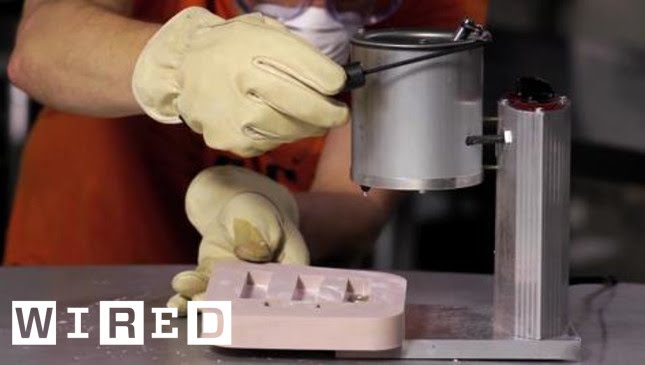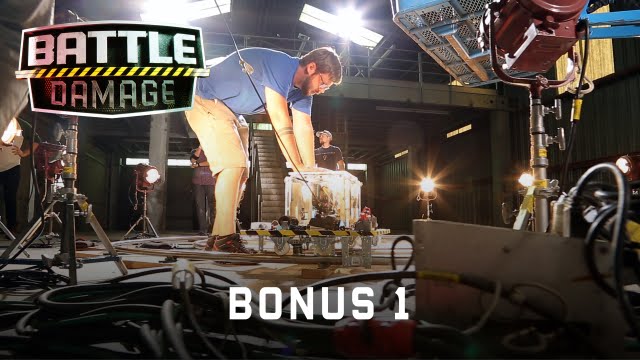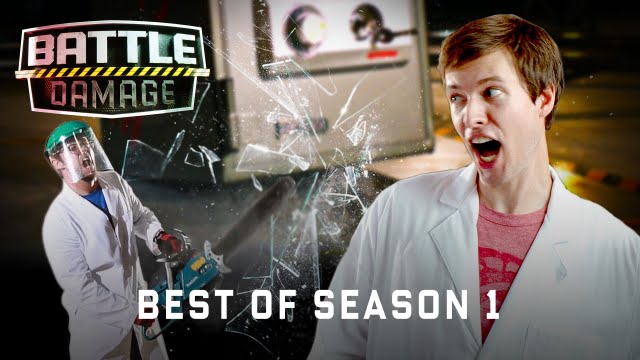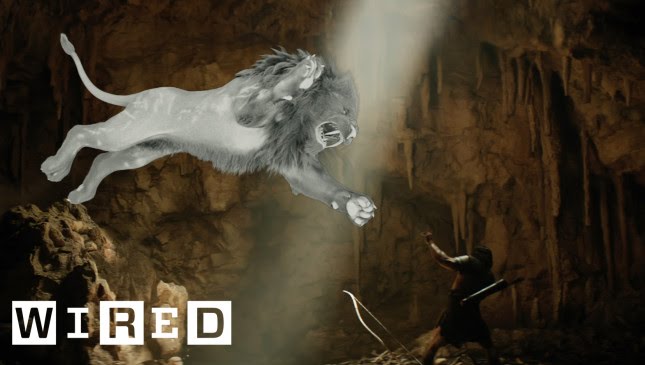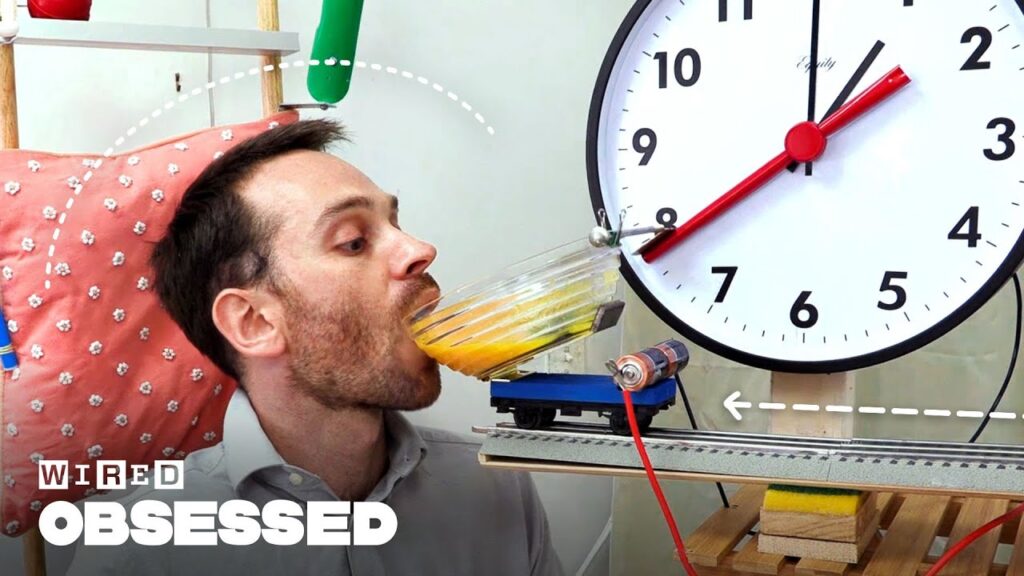The Risk of a Chernobyl-Like Meltdown Happening in the US: A Q&A with Nuclear Historian Kate Brown
Summary
Nuclear historian Kate Brown from MIT was interviewed to discuss the risks of nuclear disasters in the US and what would happen if a Chernobyl-like meltdown happened in the country. She talked about the challenges of storing and managing nuclear waste, the state of protection for workers at nuclear sites, and the possibility of a catastrophic accident happening in the US.
Table of Contents
- The similarities and differences between the Chernobyl disaster and the US nuclear industry
- The risks of storing radioactive waste
- The state of protection for workers at nuclear sites
- The challenge of managing nuclear waste
- The possibility of a catastrophic accident happening in the US
The similarities and differences between the Chernobyl disaster and the US nuclear industry
Brown discussed the two different perspectives presented in the HBO miniseries Chernobyl: the first one being that the disaster could only happen in the Soviet Union due to their incompetence in handling the situation, and the other being that the Soviet people heroically sacrificed themselves to prevent a catastrophe from happening. While the series did not focus on the US nuclear industry, Brown emphasized that the country has had several near-misses and accidents such as the Three Mile Island incident and the accidental dropping of two nuclear missiles in the Southeast.
The risks of storing radioactive waste
Brown noted that every nuclear power plant stores its radioactive waste on-site, which could be problematic if something were to happen to those pools of waste. Extreme weather events such as hurricanes and tornadoes could cause the pools to crack and leak, resulting in a situation where the spent fuel rods could overheat and explode. The Hanford plutonium plant site in Washington State, where high-level waste is stored in bins that were supposed to last for 10 years has well surpassed that shelf life and are starting to leak high-level radioactive waste.
The state of protection for workers at nuclear sites
Brown believes that the workers at these nuclear sites are not adequately prepared for a disaster. Radioactive isotopes are so dynamic and invisible that it’s challenging to keep track of them and manage them. It is also difficult to keep people who live near these sites safe. Many people living near nuclear reactors probably have no idea what they should do in the event of a disaster.
The challenge of managing nuclear waste
According to Brown, the US has not yet found a solution to the problem of storing and managing nuclear waste. Finland has built a successful deep underground nuclear repository, but it took them decades to mobilize public opinion and secure approval for the project. Brown emphasized that nuclear waste has to be managed for hundreds or even thousands of years. In other words, human society needs to be stable enough to provide infrastructure and energy for generations of people to come.
The possibility of a catastrophic accident happening in the US
Brown believes that, despite the can-do American attitude, there is no clear solution to the problem of storing and managing nuclear waste. She emphasized the potential dangers of not putting the waste somewhere safe and monitoring it for hundreds or thousands of years, and the possibility of a catastrophic accident happening in the US.
Conclusion
The interview with Brown highlights the potential risks and challenges of the US nuclear industry. While the HBO miniseries Chernobyl focused on the 1986 disaster, it raises questions about the safety and management of nuclear power plants in the US. Brown emphasized the need for public awareness and the mobilization of public opinion to drive action towards a sustainable solution to the problem of storing and managing nuclear waste.
